Cross-Cultural Management: Strategies for Global Organizations
VerifiedAdded on 2021/06/18
|13
|789
|84
Report
AI Summary
This report analyzes cross-cultural management challenges within global organizations, focusing on the differences between the UK and Australia. It examines how cultural practices impact task approaches, decision-making styles, and verbal and non-verbal communication, drawing on theories from Hall and Hofstede. The report highlights specific differences, such as communication styles and uncertainty avoidance, which can lead to conflicts. It emphasizes the importance of understanding cultural nuances to build effective global teams. The report recommends fostering strong relationships, embracing diversity, and promoting open communication to mitigate these differences and improve organizational outcomes. The conclusion stresses the need for global managers to implement strategies that value and respect cultural differences to foster a collaborative and productive work environment, including recommendations for fostering strong relationships, embracing diversity, and promoting open communication.
1 out of 13

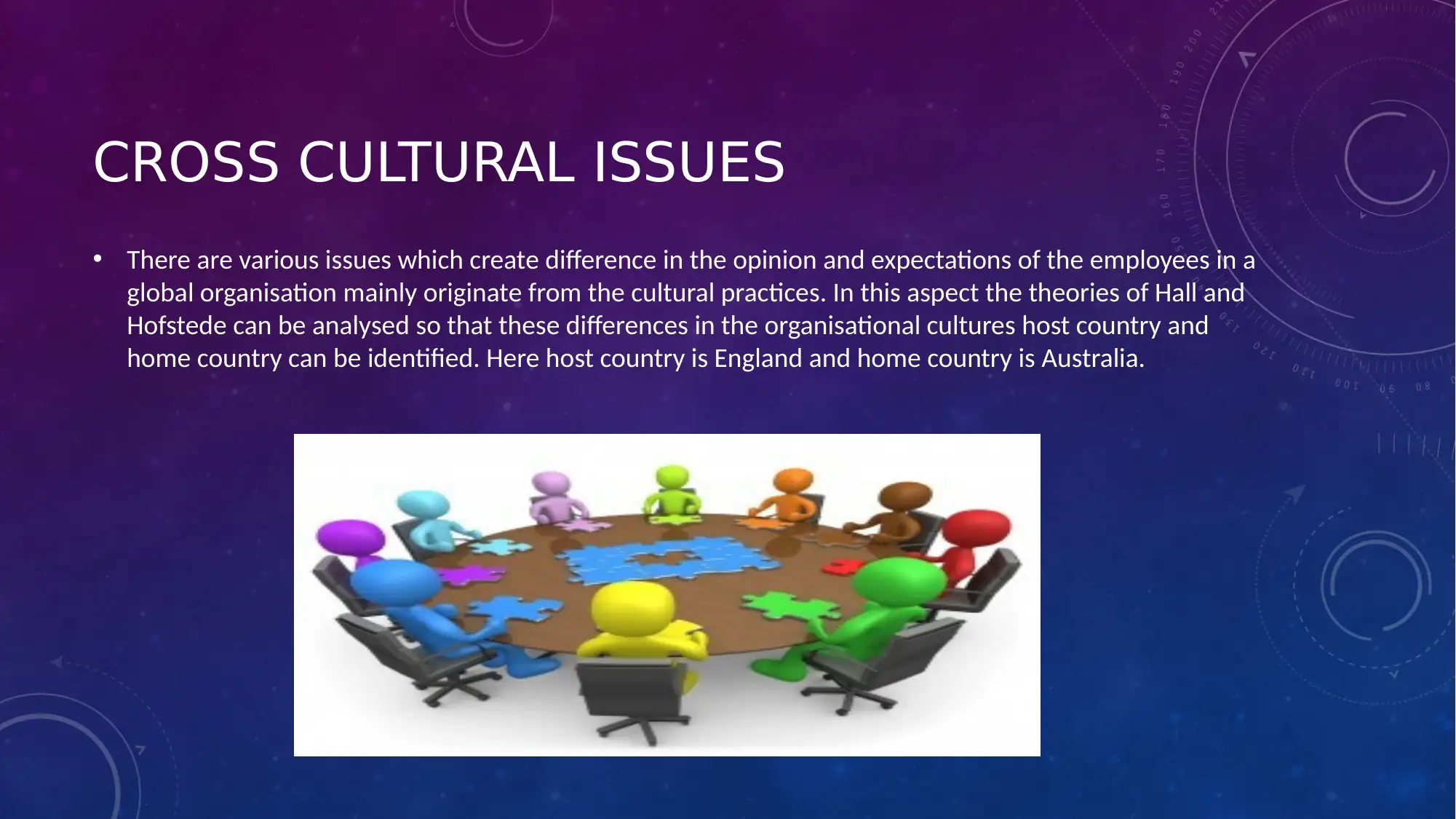
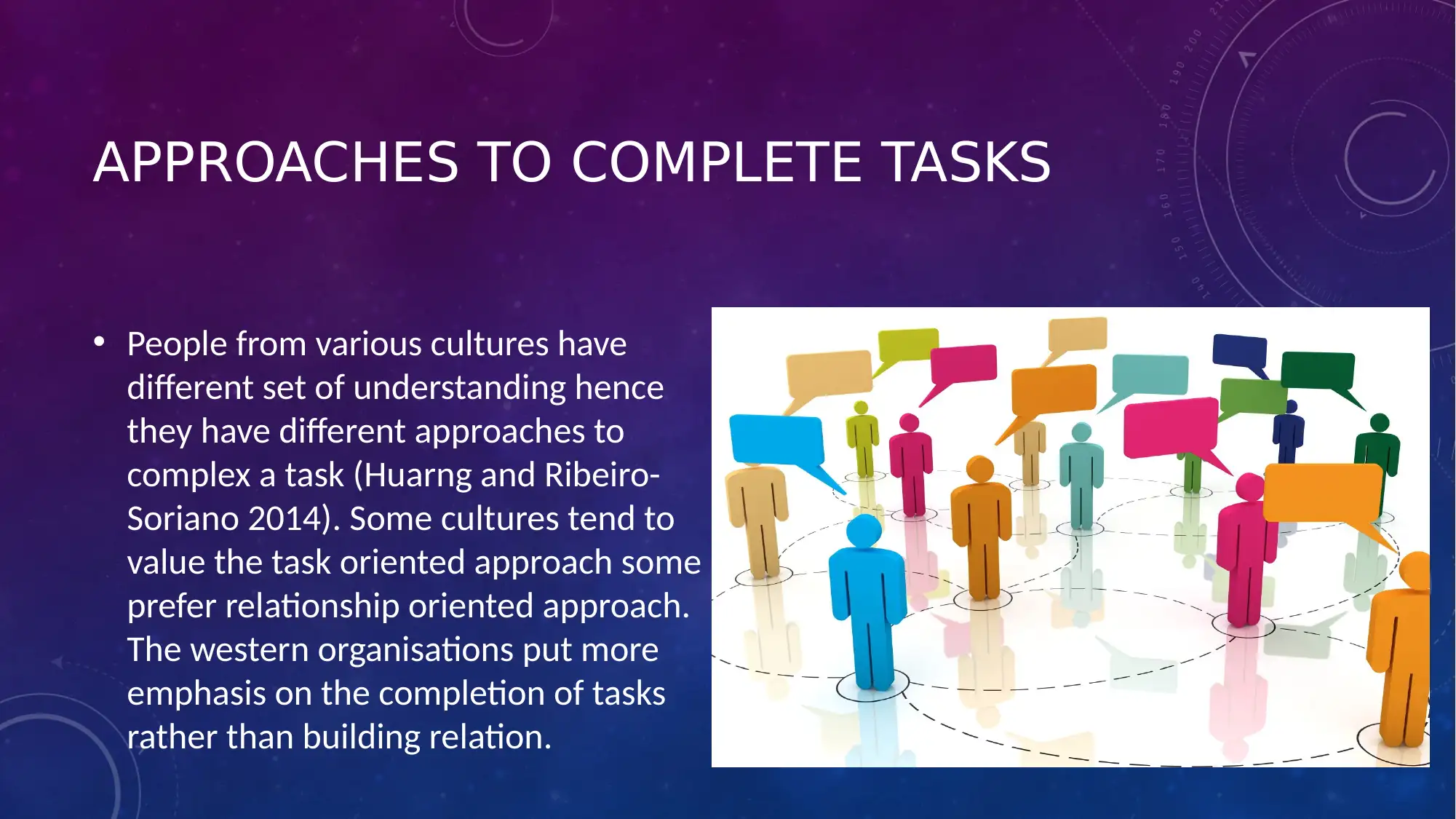

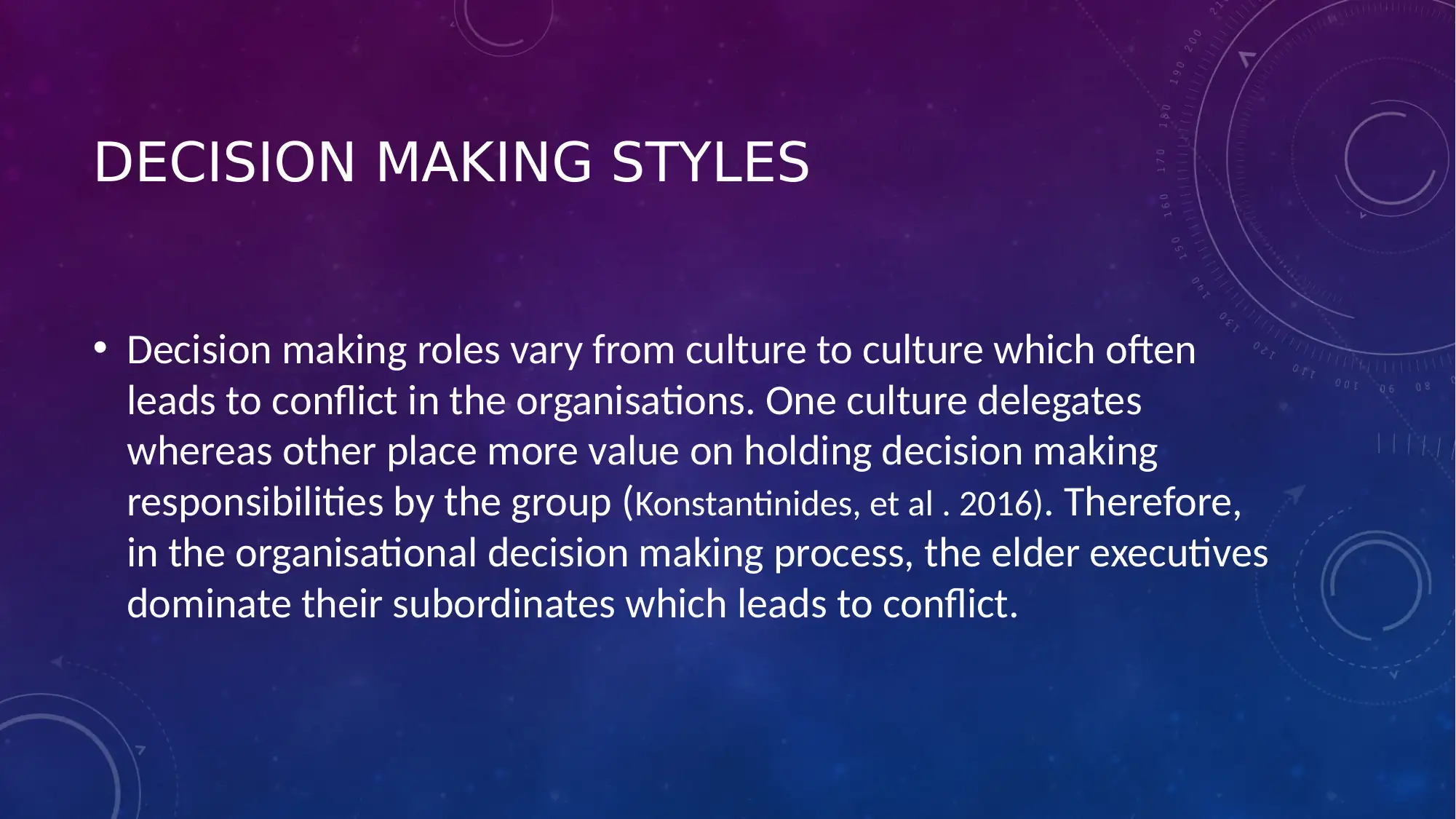
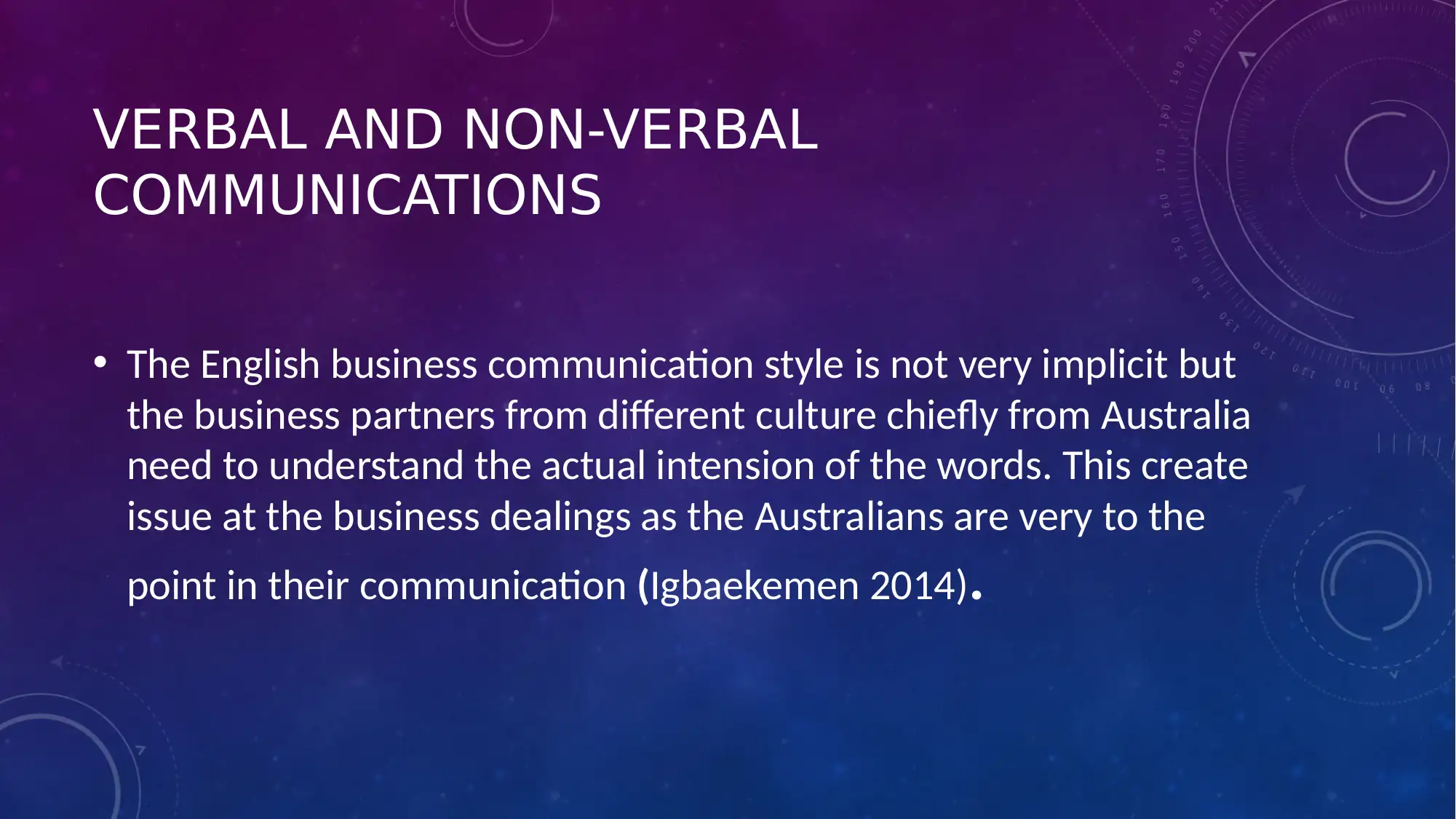
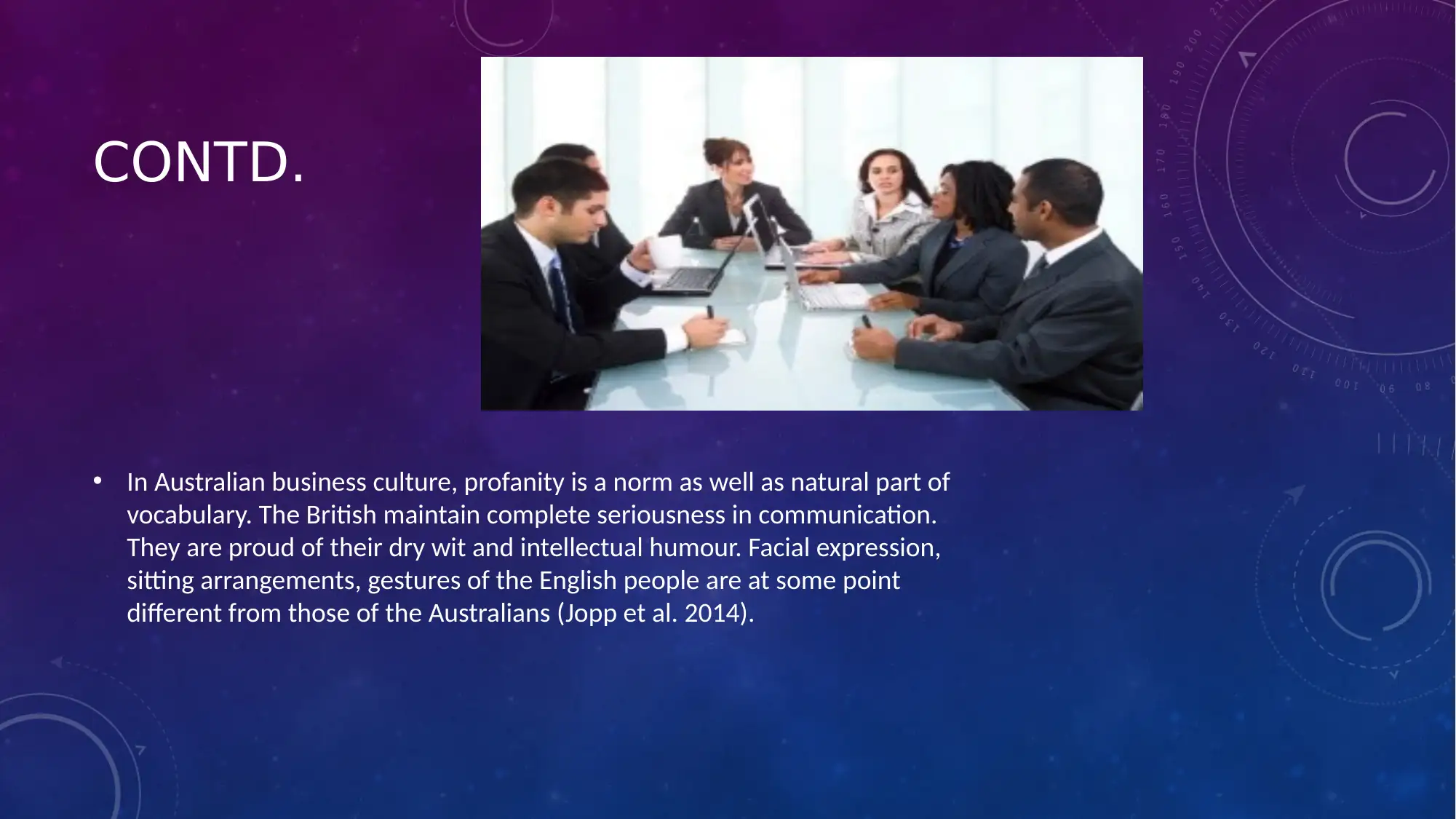
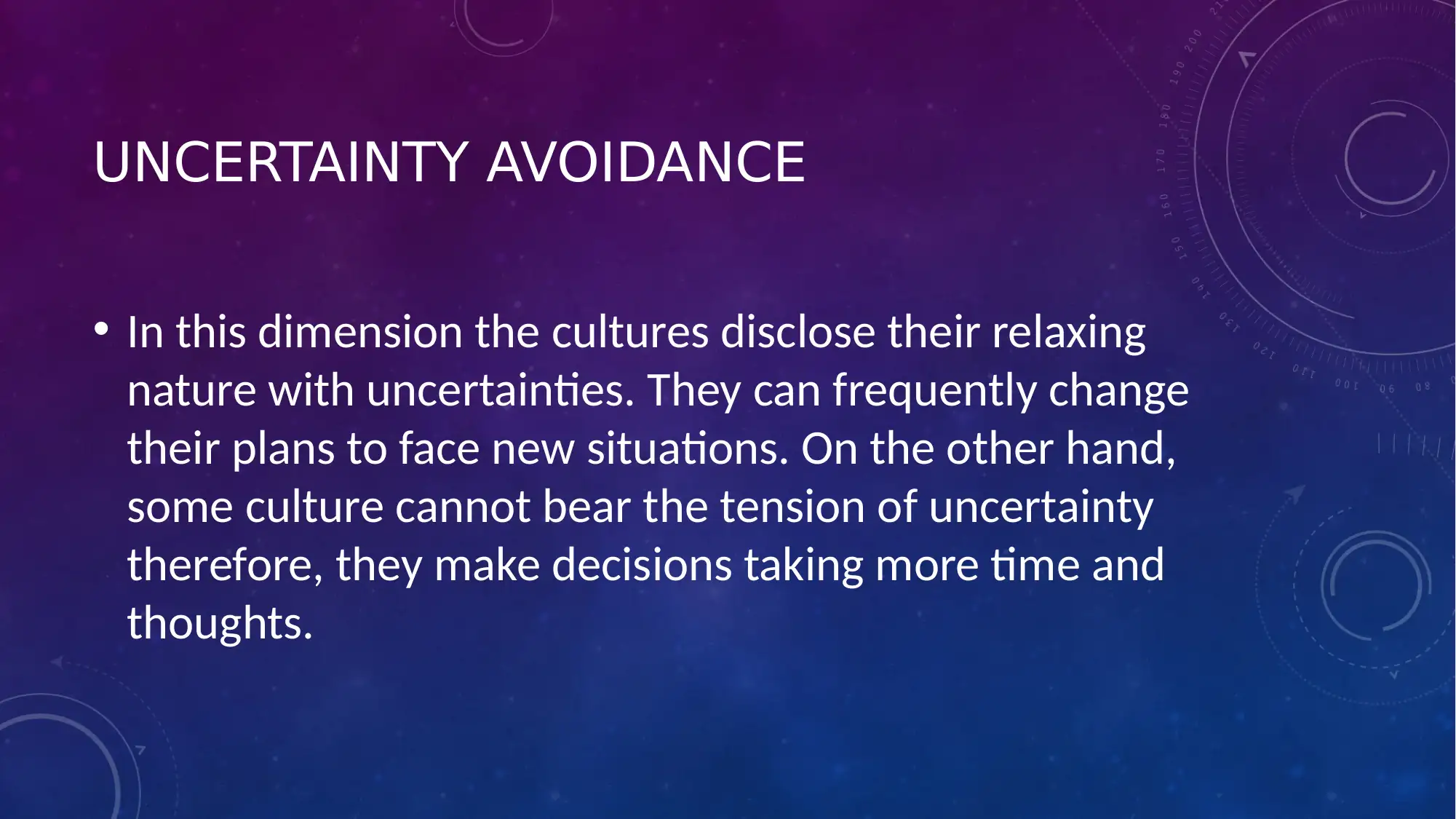
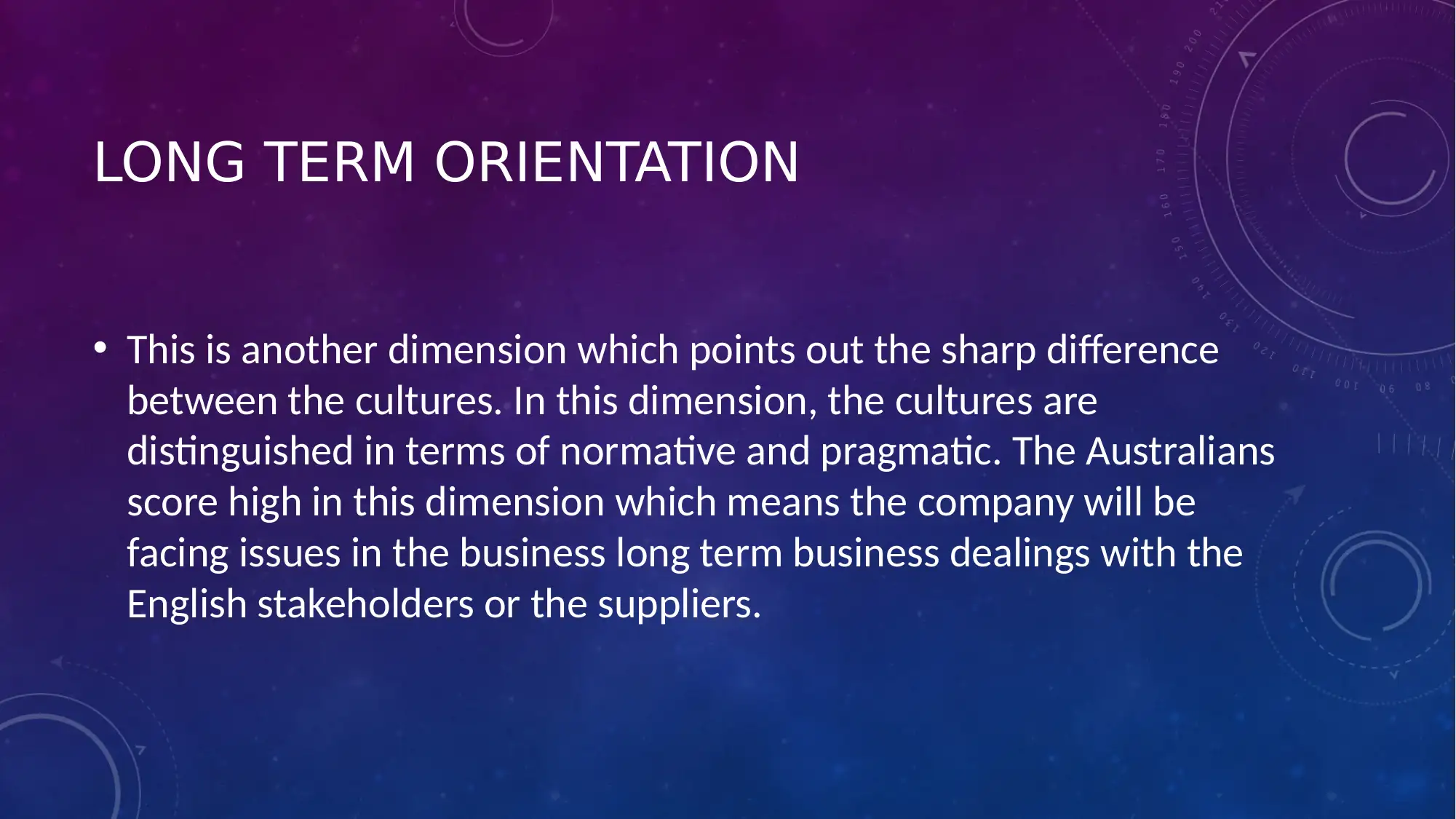
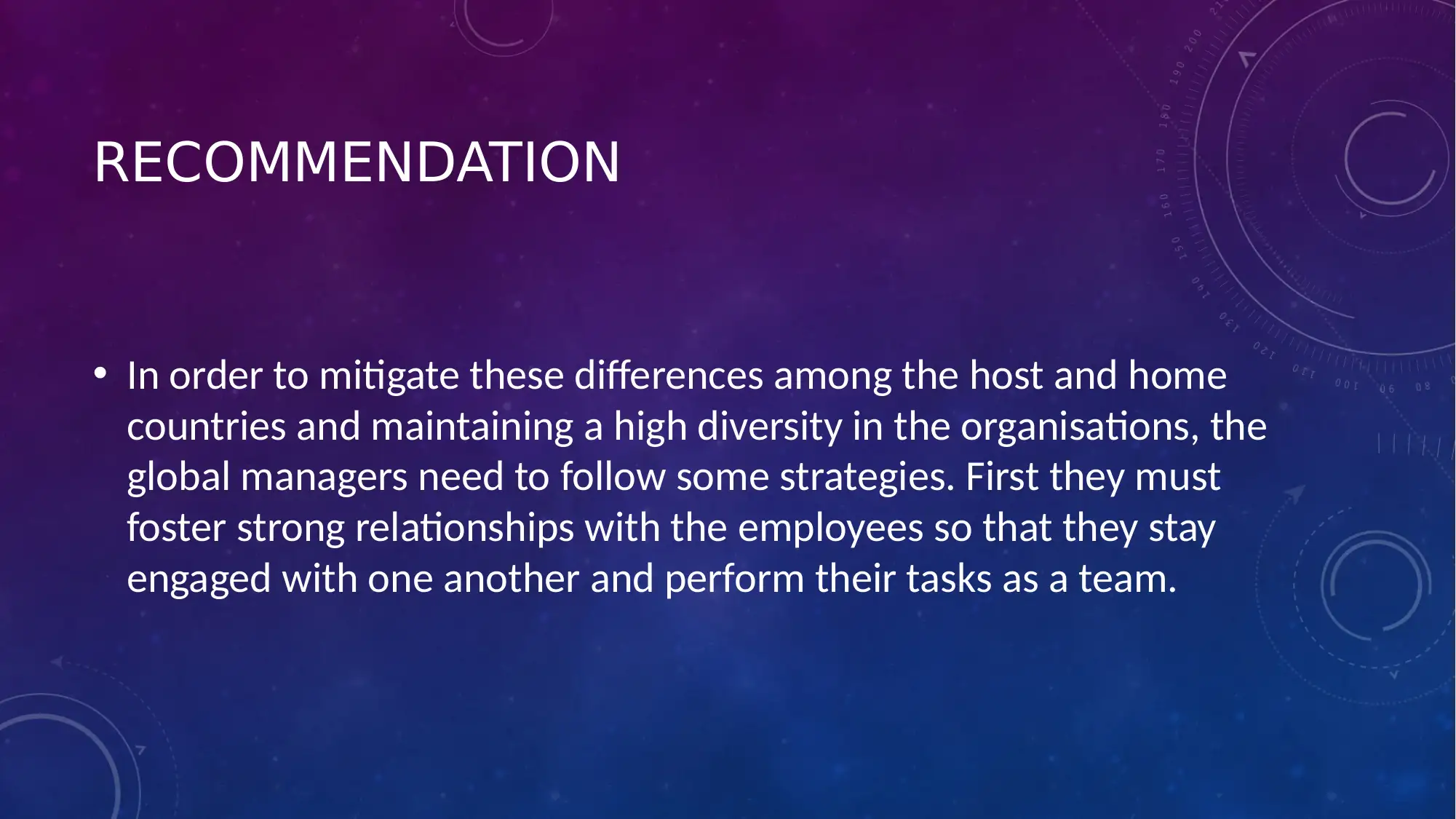
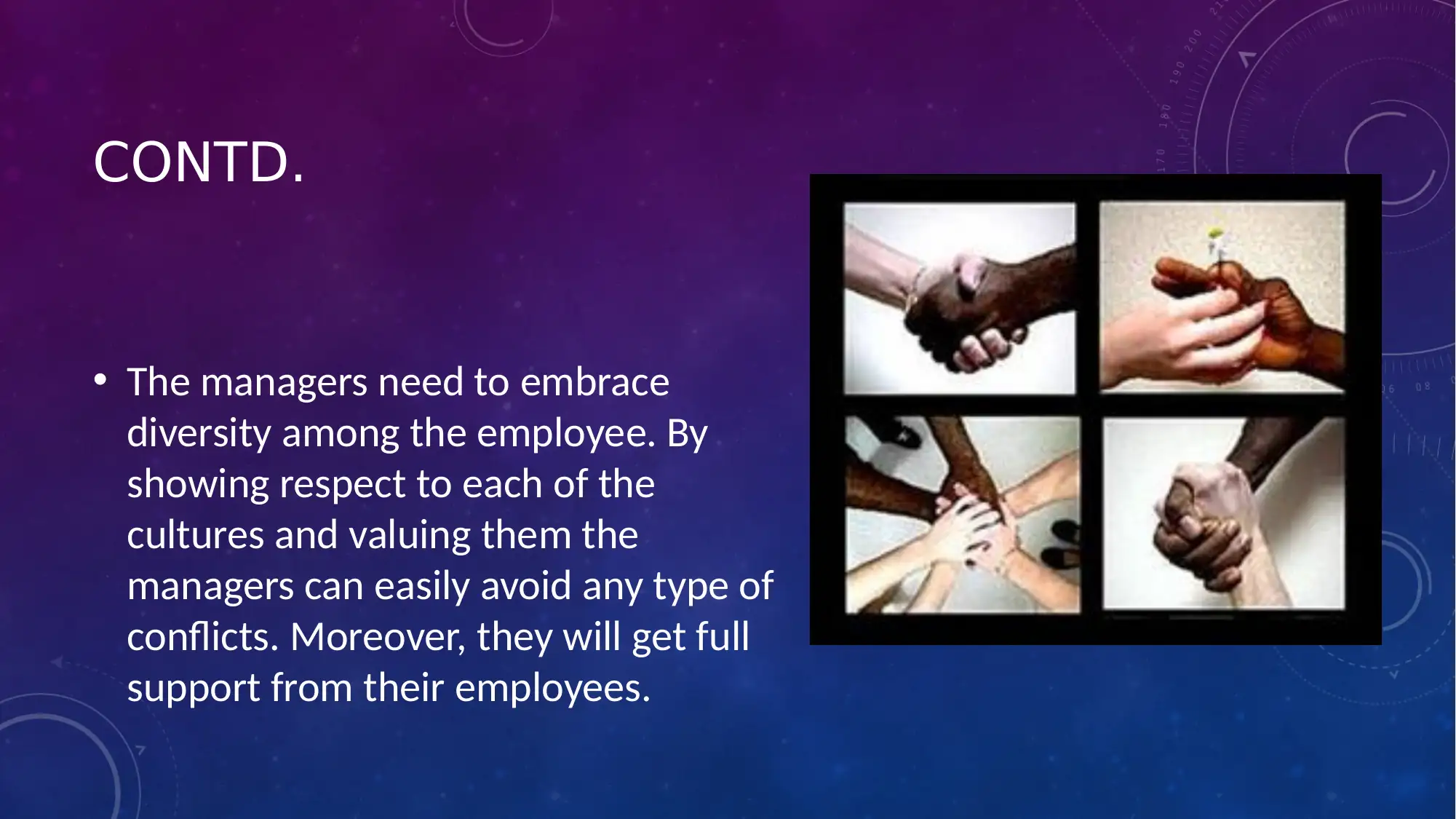
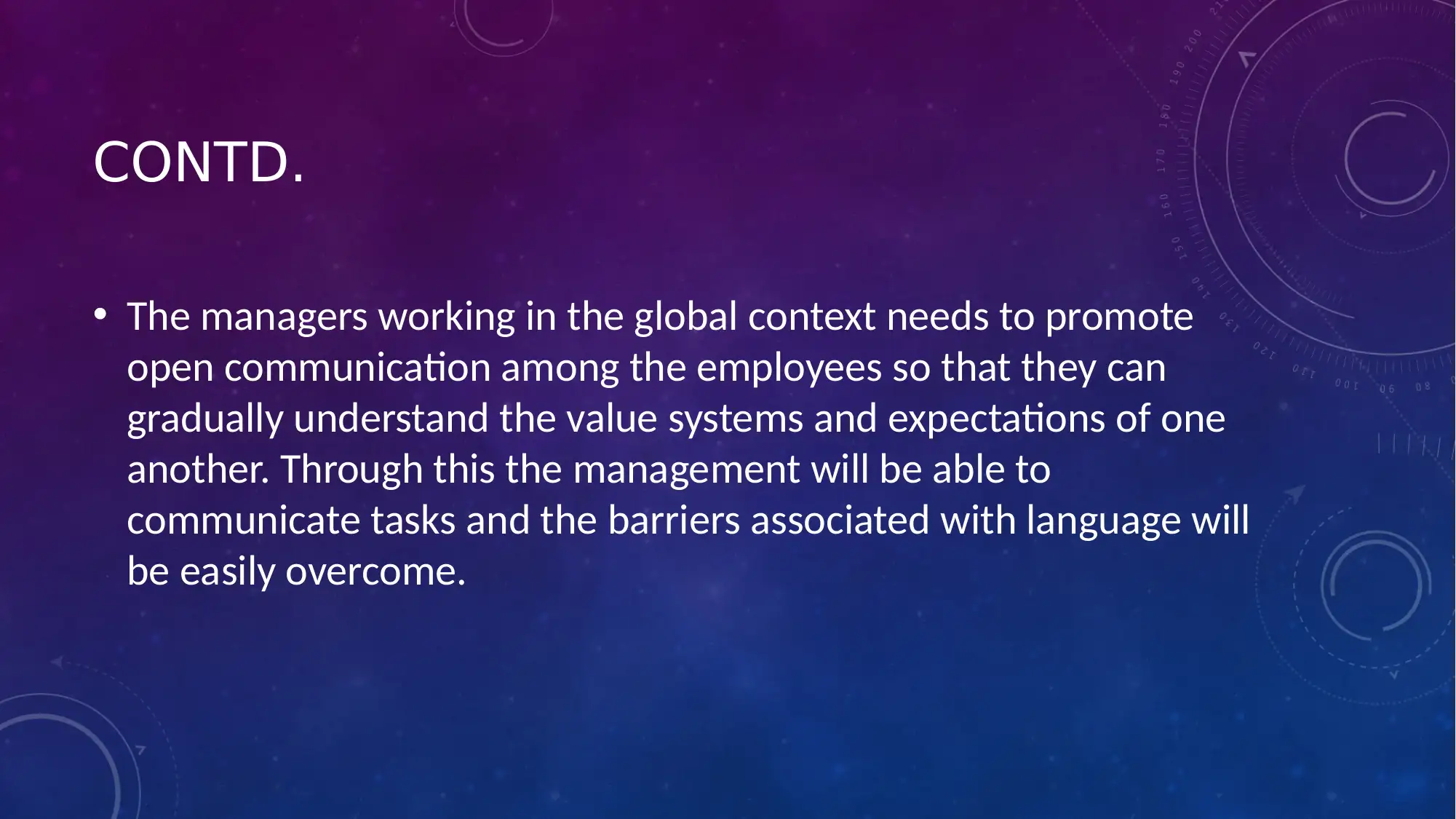
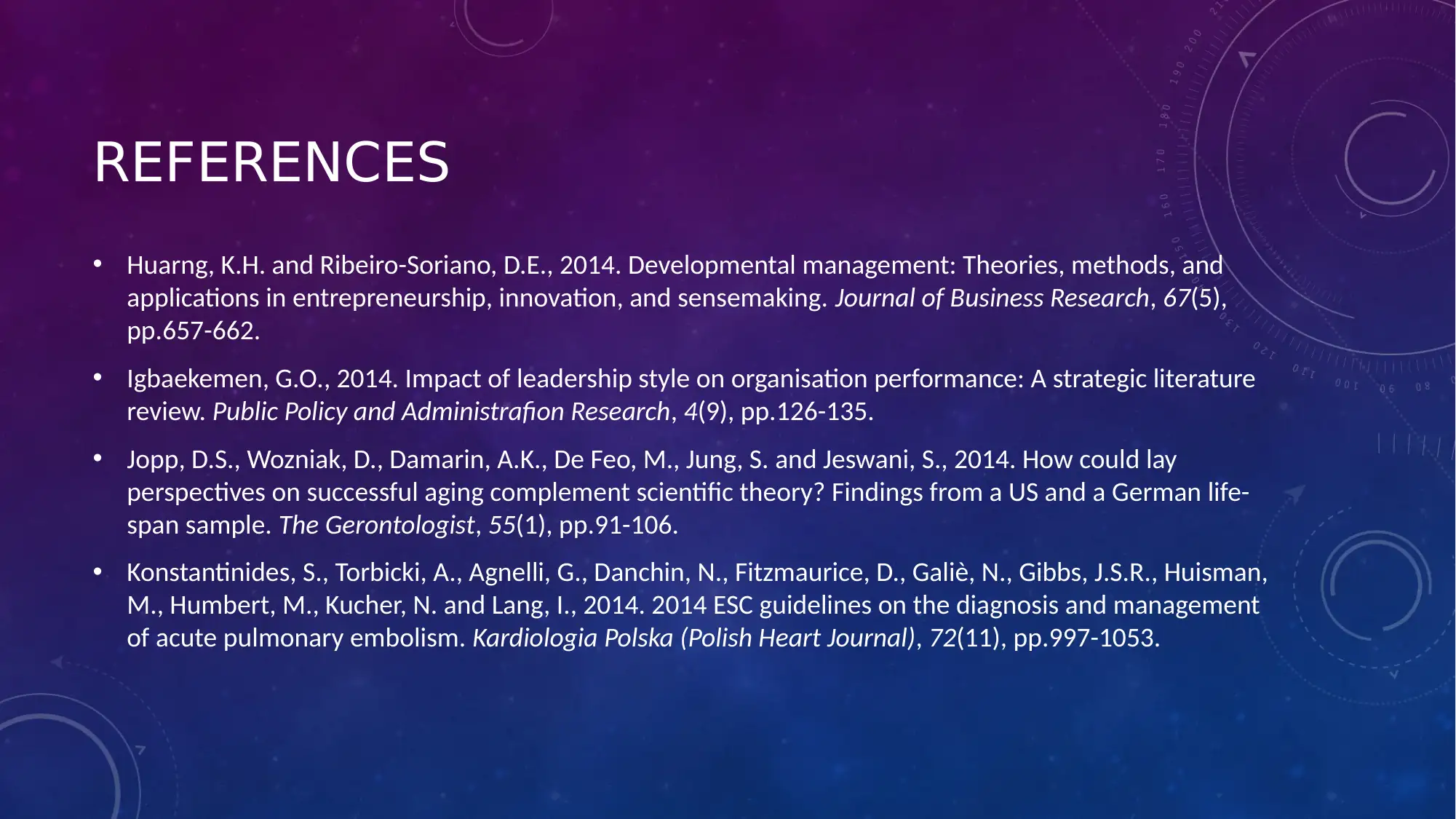





![[object Object]](/_next/static/media/star-bottom.7253800d.svg)